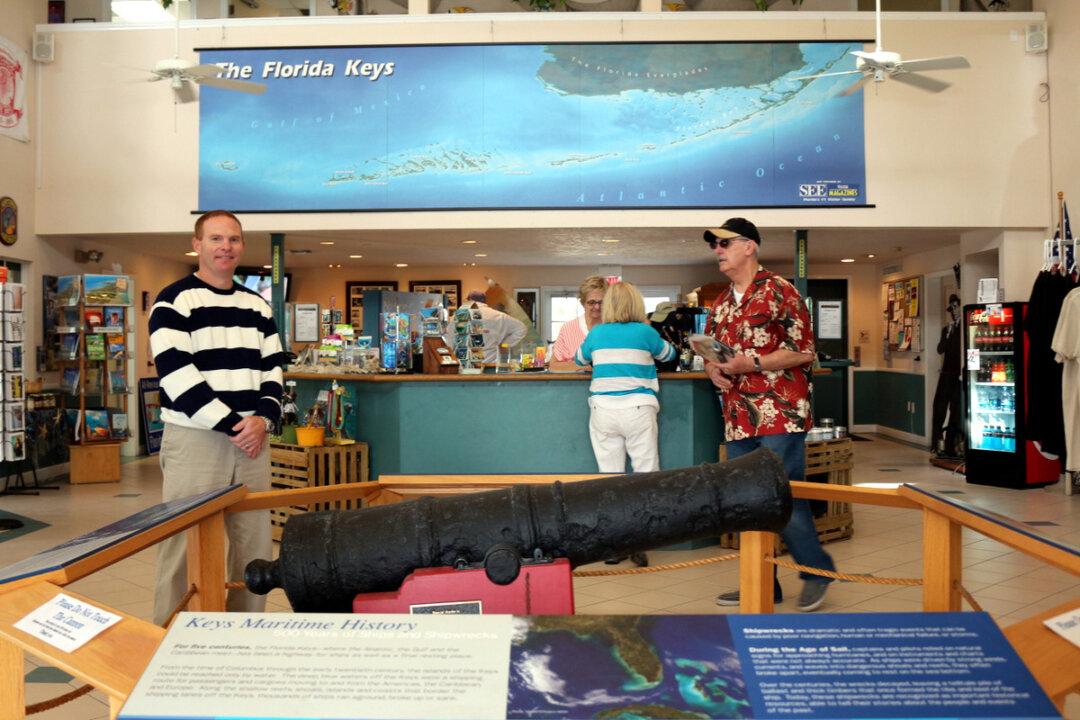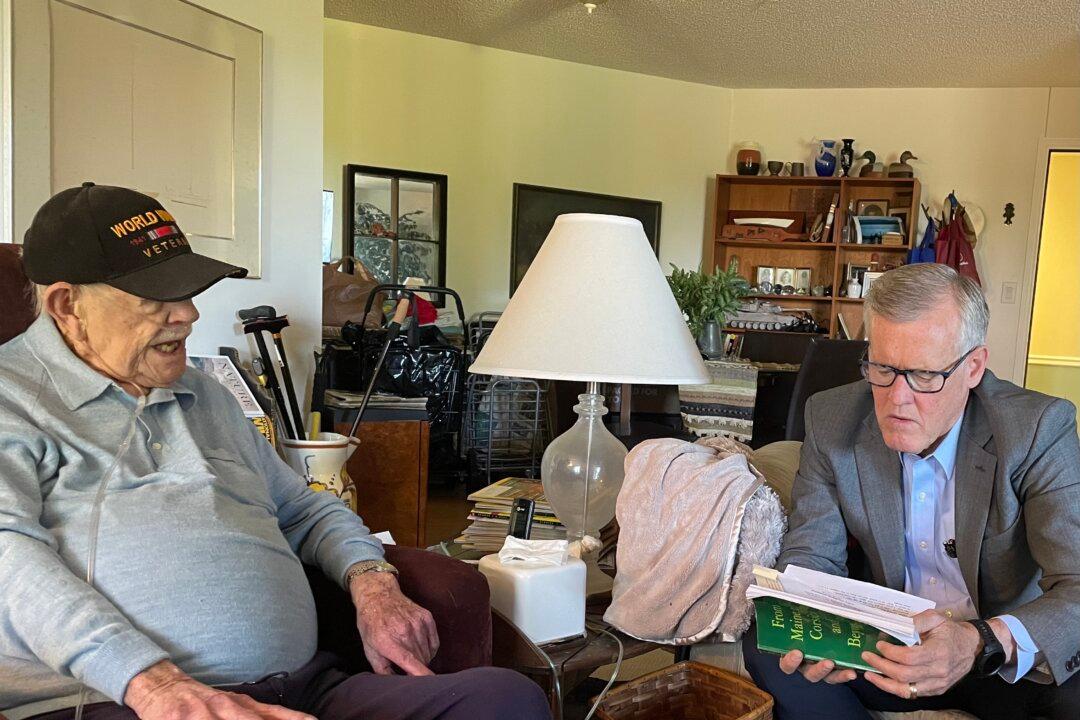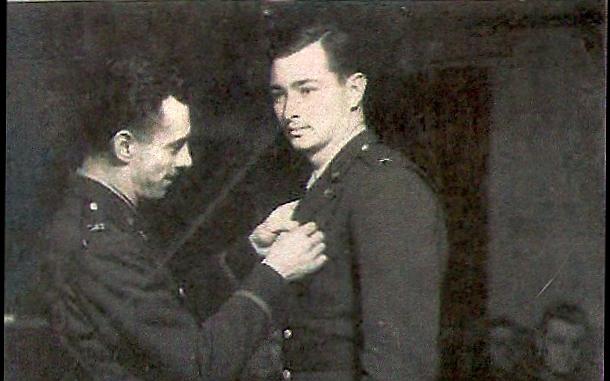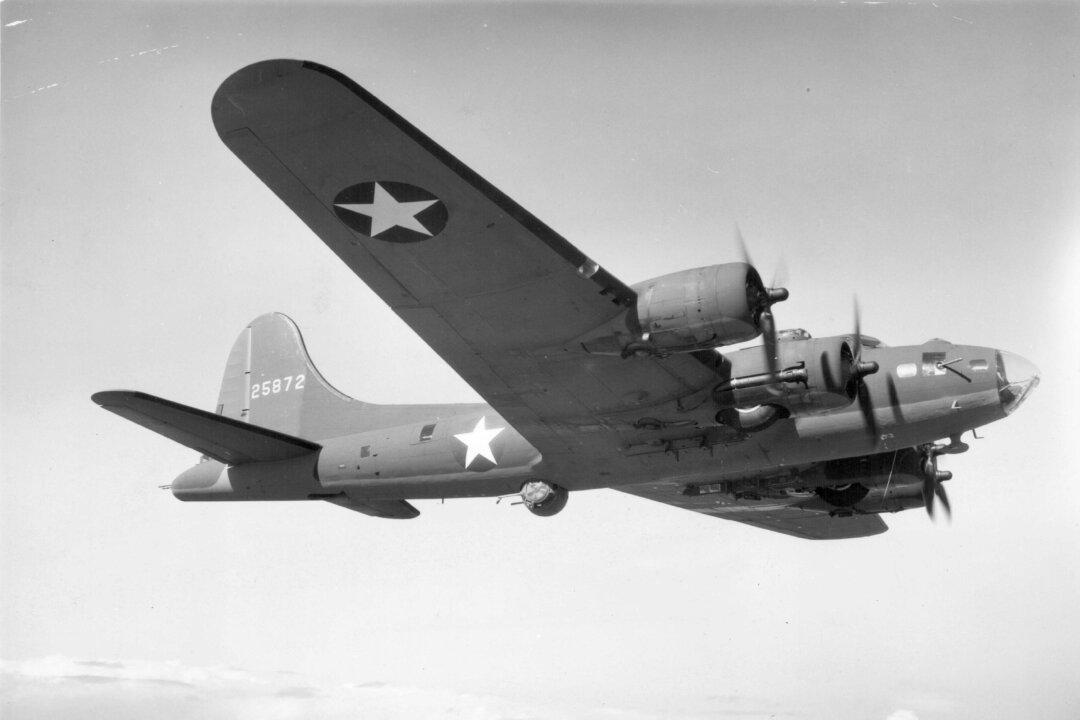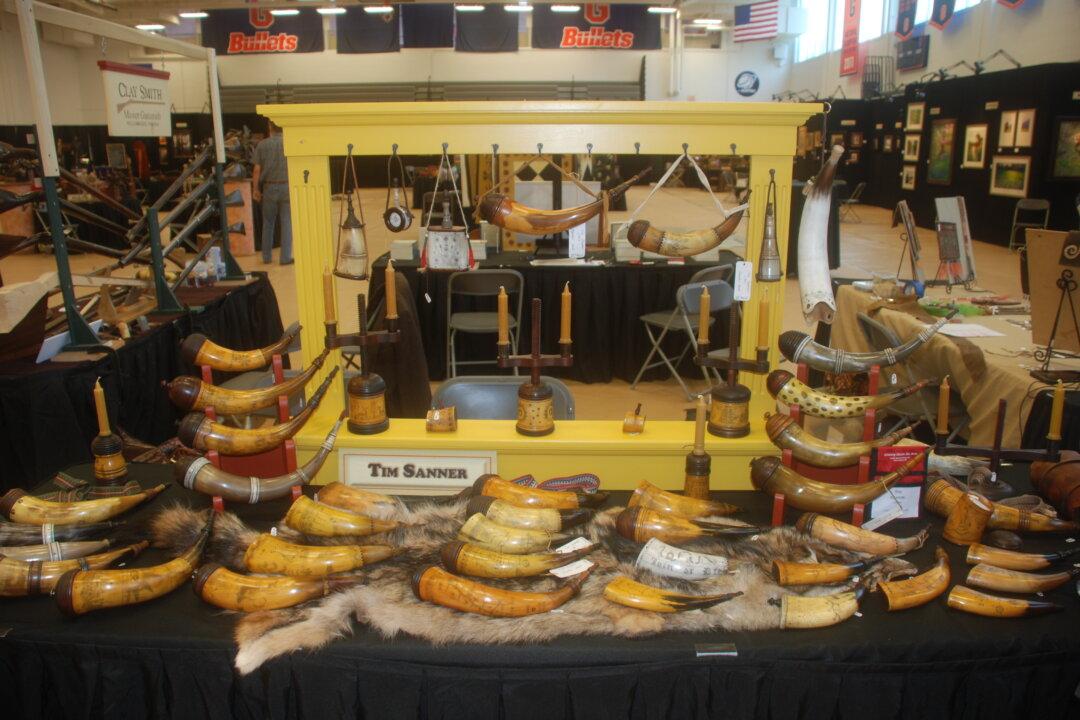A cannon graces the main hall of the Key Largo Chamber of Commerce building at Mile Marker 106 on US 1. The mostly two-lane road is also known as the Overseas Highway. Recovered by volunteer divers Denis Trelewicz and Chuck Hayes off Key Largo in the Marine Sanctuary, it is thought to be from a British privateer. Marks on the cannon reveal it to be a four-pounder, firing four pound shot, made around 1760. There are ample brochures and rack cards at the chamber that offer discounts and information to make it a first stop.
The Keys are marked with small green roadside signs that give the mileage to Key West. The Mile Markers provide a good indication of where an address is located and how far it is to get there. Amy Slate’s Amoray Dive Resort is located at Mile Marker 104, four miles south of the Chamber on the same side of the highway, bayside. That too is an indication of location. Bayside is on the western side of US 1, Ocean side the East. It is easy enough to get oriented, there is one road in and the same, mostly two-lane, road out. Obey speed limits especially in congested areas. Local police departments enforce speeding with radar to ensure pedestrian safety crossing the road.
We arrived early for the afternoon dive. It was a beautiful winter day. Clear with a crisp dry wind that made coats comfortable. We parked and checked in for the dives showing our diver certification cards and signed the required forms. All we had to do was pull up to the dock, unload our gear and leave it until the boat was ready to take us aboard. The resort has a full-service dive shop for purchases or rental. There are dive packages that include accommodations and diving as well as instructional packages.
Our plan was to do as much reef diving as possible. A cut through thick coral rock just south of the resort allows ocean access. We poured coffee from a pot fresh-made on the resort dock and sat in lounge chairs right on the bay. This would be a perfect place to view sunset. There is ample parking at the resort. Once we had the car unloaded we were free to enjoy the resort’s beachfront. The sun was warm. In no time we had our coats off an enjoyed the new day.
Amy Slate operates two dive boats. A 45-foot Corinthian catamaran powered by twin 250 horsepower Yamaha engines and a 27-foot Glacier Bay vessel for special charters or specific dives to deep shipwrecks, lobster catching or longer range sorties.
Amy Slate grew up in Miami. “I was always snorkeling as a kid. I was about nine years old when my parents took me to Key West. We stopped at Flipper’s Sea School and I swam with the dolphins. I said that is where I want to live,” she related.
Amy took her instructor’s training in 1977 after graduating from college. She, along with her former husband, taught diving at the University of Florida. Check-out dives were always in the Keys. It didn’t take long before the couple settled in the Keys permanently and began a dive operation. In 1992 the couple went their separate ways and in 1993, Amy opened her own dive resort.
“I’m a notary. I started doing underwater weddings in 1979. People Magazine did a story about us. It was called ‘It’s Amoray.’ A moray eel came to the underwater wedding,” Amy recalled. “As a present Judy Hallas, a talented artist and diver, drew our logo. It is a moray eel in the shape of a heart. Underwater weddings are a lot of fun and they brought us a lot of publicity.”
The dive resort is intimate with bay front rooms that provide ambiance for romantic settings. There is a heated pool and all the amenities that make it a haven for divers. As we waited ‘Amoray Diver’ pulled into the dock from the morning dives. Tanks and gear were unloaded and fresh tanks put aboard. Air tanks are supplied and placed in racks along the rail for comfort in setting up divers’ gear and donning them. Once the tanks were loaded divers were invited aboard with their gear.
Captain Lauren Brancel gave a briefing on boat safety and indicated which rinse buckets were for masks and which for cameras. Roll call was taken and dive instructors Opus Miller and Travis Ice cast off. We headed south, through the cut, past mansions built on the water. Yachts hung on davits or were moored in the cut. We headed out across a wide bay then through a channel in the mangroves. Once clear, Captain Brancel throttled up the engines and ‘Amoray Diver’ got on plane and provided a comfortable 45-minute trip to the reefs at Dry Rocks.
A site briefing included Captain Brancel’s statement that the underwater statue of ‘Christ of the Abyss’ was the second most photographed object in the Florida Keys. The first is Mile Marker Zero at Key West. Dives on the outlying reefs are in about 30-feet of water. Winter diving requires wetsuits and hoods unless you are a hearty northerner used to chilly conditions. The ocean temperature ranged from about 72 to 74 on most of our winter Key Largo diving. The air temperature dipped into the low 40s overnight. Sun warmed it up and was pleasant. Being prepared for weather conditions is prelude to being comfortable on the boat and underwater. On the cold morning dives most of us were bundled up in coats and hats.
A mooring system is in place in the keys. It has been implemented to protect the reefs from anchoring damage. Travis tied the dive boat off to a mooring and briefed divers on the orientation. We had only a short swim to the statue. It was awesome. The rendition of Christ, arms outstretched, face looking upward, is inspiring.
Captain Brancel was right, it was hard to stop taking pictures of the statue. Divers came and went in turn photographing or admiring ‘Christ of the Abyss.’ Reefs at Dry Rocks formed valleys. We swam between large coral formations, along valleys between looming coral ledges. The Keys Marine Sanctuary is a protected no-take zone. Lobsters and groupers abound. Nobody hunts them so they remain for photographers and divers to enjoy.
Since the dives were in thirty-feet or less, only ten- to fifteen-minutes is necessary between dives. Captain Brancel moved to another mooring not far away called North Dry Rocks. Noticeable on some of the coral were patches of algae. Algae are nourished by nitrogen. Agricultural runoff, sewage waste and fertilizers, and some soap products introduce nitrogen and phosphorus into the marine environment. The algae proliferate and choke corals. There was also some evidence of coral bleaching at this site. The reefs otherwise were vibrant with sea fans and soft corals waving back and forth, large coral heads with overhangs sheltered colorful reef fish and large brain corals.
Back aboard ‘Amoray Diver’ we headed back in. “That is an old concrete barge used by Flagler to haul equipment when he was building his Miami to Key West Railroad,” Travis Ice explained as we passed a derelict vessel on the way back through the channel. The old concrete barge is home to sea birds. The smell of guano was very apparent as we passed.
“Some of Flagler’s workers used to drink at night. This barge apparently got off its moorings and grounded here. They could never get it off,” Travis explained.
There is plenty to do in Key Largo. We enjoyed fine dining at the Bayside Grille that offered magnificent sunsets. We ate one evening at Sundowners. Both restaurants are right on the water and offer vistas across Florida Bay. Sunset in the keys is special and should be savored on any trip.
Next morning early we were at dockside. This time Captain Brancel chose the Elbow also known as Five Fingers for the first dive. There were stands of elkhorn coral. Spiny lobsters took up residence in the protection of the large elkhorn arms. There was steel wreckage scattered around the area from an unidentified shipwreck. The wreckage was overgrown by coral. Sea fans waved back and forth and fish darted in and out of crevices formed by overlapping steel plates.
The second dive was not far away on the wreckage of the ‘City of Washington.’ “It rescued survivors from the Battleship Maine in 1898,” Travis explained. The ‘City of Washington’ was launched in 1877, and served to carry passengers from New York to Havana for the Ward Line. The ship was anchored near the ‘USS Maine’ on February 15, 1898, when the ‘Maine’ exploded. The ‘City of Washington’ sent lifeboats to rescue survivors. The vessel was retired from passenger service in 1908 and converted into a coal barge in 1911. While undertow with another barge it grounded on Elbow Reef on July 10, 1917. It could not be refloated and broke up on the reef.
The shipwreck is photogenic. There is a large round hoop through which divers can swim for pictures. Long hull sections are festooned with coral. The wreckage is spread out over a large area. Some of it is so overgrown with coral that it is truly part of the reef itself. We spent most of the dive exploring the main wreckage then swam to nearby coral heads before returning to the boat.
On our third day out we went to Horseshoe Reef. It turned out to be a cold morning starting at 43 F with water temperature of 73 F. It was a relief to get underwater. A little green turtle inspected divers and decided to turn back over the reef to avoid them. The turtle swam right past us. There was a moment when the turtle swam with us before disappearing over a reef.
Bricks of pressed coal, looking like large loaves of bread, are everywhere in the sand. Likely from an unidentified wreck from years ago. Ballast stones have been reported in this vicinity from a Spanish shipwreck but we didn’t come across them. Visibility was 60-feet at Horseshoe Reef.
On top of a large coral head a friendly hawksbill turtle was foraging food. The turtle took no notice and allowed itself to be photographed. It was an unforgettable underwater encounter in clear water.
The second dive was a North North Dry Rocks. Here algae pollution was evident again. Large coral heads loomed up from thirty feet to just under the surface. It was easy to see how navigators of old grounded on these precarious reefs that come up to just under the surface.
Key Largo is home to the John Pennekamp State Park. Large areas are also within the protected Key Largo National Marine Sanctuary. Diving is shallow among vast coral reefs that provide shelter to tropical fish. Since they are not disturbed by spear fishing, underwater wildlife is remarkably friendly.
“We are very proud of our Blue Star rating by the sanctuary. It is awarded since we teach and encourage marine conservation and protection of the environment. We conduct programs all year around. There are eight- to ten coral restoration projects,” Amy Slate said. “I’m on the Board of Directors. It is a coral rebuilding program.”
“We do a coral spawning program. With scientists we go out late at night two- to eight days after the full moon in August and collect coral spawn. It also occurs in September. The spawn is mixed and used by scientists to develop coral. We do fish counts with a conservation organization and take part in the ‘Great Fish Count.’” Amy added.
Diving Key Largo offers underwater explorers a chance to enjoy the marine environment. Highway markers describe sinking of the great Spanish treasure fleet in a hurricane in 1733. Treasure divers have found gold doubloons and jewels among the wreckage of these lost ships. Today, however, government zealously guards the underwater sites and issues permits only if salvors comply with environmental mandates.
For more information about Key Largo visit the website at www.keylargochamber.org and www.amoray.com. To contact the resort call them toll-free at 1-800-426 6729, local phone 1-305-451-3595.
